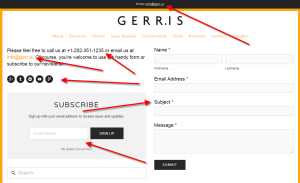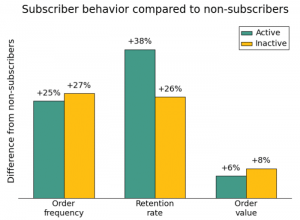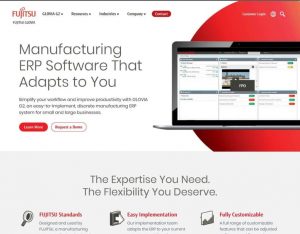Implementing agile marketing in the planning process results in better internal communications and client relations.
With the agile method becoming of increased interest to marketing teams, especially at the enterprise level, many marketers are still wondering how they can implement agile into their strategic planning and marketing cycles.
“Agile marketing is about adaptiveness and transparency,” said John Cass, digital strategist and host of the Deep Dive Agile Marketing podcast. “Better communication equals better understanding of what marketers do and where you are in the [marketing] process.”
Starting with strategy
“Strategy does not go away in agile,” said Stacey Ackerman, agile coach and founder of Agilify. “How you get to a goal is defined a little bit more in real-time.”
Instead of long quarterly and annual planning sessions that identify both large and small details of a campaign, the agile marketing best practice is to first identify what tasks will not be worked on.
“What you are not going to work on is just as important as what you are going to work on,” said Ackerman.
Read more about how the agile process helps manage a marketer’s workload.
By removing unnecessary tasks early in the strategy process, the remaining tasks can be implemented and identified with actions to produce real results and revenue.
Teaching the team
When planning, an agile marketing approach strongly recommends that more stakeholders are at the table than just marketers.
“You need colleagues who run systems and digital processes at the table,” said Cass. “Agile marketing, because of its level of transparency, shows your team and your stakeholders what you are planning to work on in a given period.”
During the planning stage, several subjects need to be discussed with your marketing team and stakeholders, including:
- Length of campaign or project;
- Anticipated disruptions;
- Personnel scheduling; and
- Corporate resources to assist with campaign or project completion.
The ability to implement agile in your planning process will create more efficient campaigns with enhanced results, leading to better client relations. It also allows for better interdepartmental relations and fewer disruptions in the project management and execution process.
“Agile marketing keeps your stakeholders more informed on what marketers need to be focused on,” said Cass. “And it all starts in the planning process.”
Join us on Wednesday
This story first appeared on MarTech Today.
Marketing Land – Internet Marketing News, Strategies & Tips
(21)
Report Post





